Home>Furniture>Outdoor Furniture>How To Secure A Patio Door
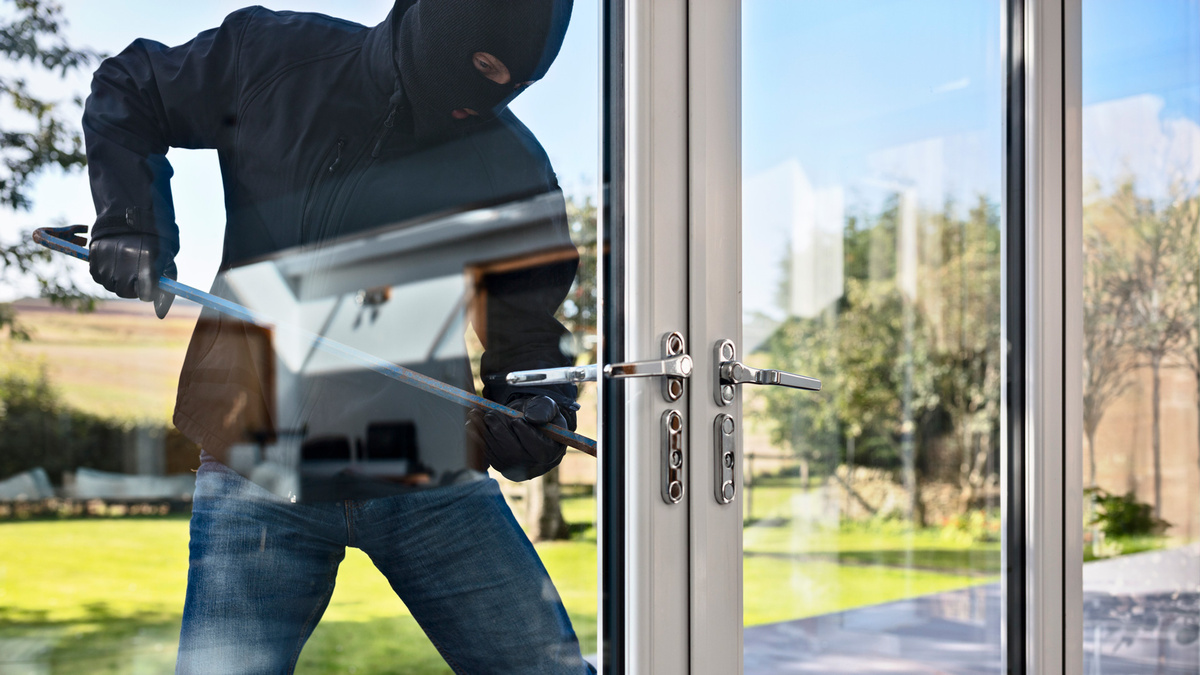

Outdoor Furniture
How To Secure A Patio Door
Modified: March 25, 2024
Learn how to secure your patio door and protect your outdoor furniture with our expert tips and advice. Keep your patio safe and secure with these essential steps.
(Many of the links in this article redirect to a specific reviewed product. Your purchase of these products through affiliate links helps to generate commission for Storables.com, at no extra cost. Learn more)
Introduction
Welcome to our comprehensive guide on how to secure your patio door. As outdoor enthusiasts, we understand the importance of enjoying nature from the comfort of our homes. A patio door not only provides a stunning view of your outdoor space but also serves as an essential entry point to connect your indoor and outdoor living areas.
However, it’s important to recognize that patio doors can also be vulnerable points for potential intruders. This guide is designed to help you understand the importance of patio door security and provide you with practical steps to minimize the risk of a break-in.
Whether you have a sliding glass door, French doors, or any other type of patio door, the principles outlined in this guide can be applied to enhance the security of your home. So, let’s delve into the world of patio door security and ensure that your outdoor oasis remains a safe and secure sanctuary for you and your loved ones.
Key Takeaways:
- Protecting your patio door is crucial for keeping your home safe. Assess vulnerabilities, choose strong locks, reinforce the frame, and consider security film to enhance security and peace of mind.
- Regular maintenance and alarm systems are essential for long-term security. Keep your patio door well-maintained and consider installing an alarm system for added protection against potential intruders.
Read more: How To Secure French Patio Doors
Understanding the Importance of Patio Door Security
When it comes to home security, many people focus on securing their main entrances, windows, and even installing an alarm system. However, patio doors often get overlooked in the security checklist. It’s crucial to understand the importance of securing your patio door and the potential risks that come with neglecting this aspect.
Patio doors are one of the most vulnerable entry points in your home. They are typically made of large glass panels, which can be attractive to burglars looking for an easy way to break in. Unlike a solid door, a patio door can be an enticing target as it provides a clear view of what’s inside, allowing potential thieves to assess the value of your belongings without even entering your home.
Additionally, patio doors are often located at the back of the house, making them less visible to neighbors or passersby. This isolation can provide an opportunistic thief with an ideal entry point without the risk of being seen. Therefore, it is essential to take proactive steps to secure your patio door and discourage potential intruders.
By enhancing the security of your patio door, you not only protect your belongings but also provide a sense of peace and comfort for you and your family. The knowledge that your home is secure from unauthorized access can greatly reduce stress and allow you to fully enjoy your outdoor space without worrying about potential break-ins.
Moreover, investing in patio door security measures can potentially decrease your home insurance premiums. Insurance companies often offer discounts for homeowners who have implemented enhanced security measures, as it reduces the risk of theft and provides added protection for your property.
Securing your patio door is not only about preventing break-ins; it’s also about creating a safe and welcoming environment for your family and guests. By taking the necessary steps to reinforce your patio door’s security, you can enjoy peace of mind while enjoying the beauty of the outdoors.
Assessing the Vulnerabilities of Your Patio Door
Before you can effectively secure your patio door, it’s important to assess its vulnerabilities. By identifying weak points and potential entry routes, you can determine the most appropriate security measures to implement. Here are some key factors to consider during your assessment:
- Door Material: The material of your patio door plays a significant role in its vulnerability. Sliding glass doors, for example, are more susceptible to break-ins compared to solid wood or steel doors. Assess the strength of your door material and consider reinforcing it if necessary.
- Locking Mechanism: Evaluate the quality and effectiveness of your patio door’s locking mechanism. Older or inexpensive locks may be easier for intruders to bypass. Consider upgrading to a high-quality lock that provides more resistance against forced entry.
- Glass Panels: If your patio door has glass panels, check for any signs of weakness or damage. Cracked or thin glass can increase the risk of break-ins. Consider replacing the glass or adding security film to reinforce it.
- Frame Condition: Inspect the condition of your patio door frame. Any signs of rot, decay, or damage can compromise its security. Repair or reinforce the frame to ensure it can withstand forced entry attempts.
- Exterior Landscape: Take a look at the surrounding landscape and assess its impact on the security of your patio door. Overgrown shrubs or trees near the door can provide cover for potential intruders. Trim vegetation and consider installing motion-sensor lighting to deter trespassers.
- Visibility: Consider the level of visibility from outside. If your patio door provides a clear view into your home, it can attract unwanted attention. Use curtains, blinds, or window coverings to restrict the view from outside.
By thoroughly assessing these vulnerabilities, you’ll have a clearer understanding of the specific security measures needed to protect your patio door. Keep in mind that each home is unique, and your assessment should be tailored to address the specific weaknesses and risks associated with your patio door.
Once you’ve identified the vulnerabilities, you can proceed to the next step of choosing the right security measures to enhance the protection of your patio door.
Choosing the Right Locking Mechanism for Your Patio Door
When it comes to securing your patio door, choosing the right locking mechanism is crucial. A strong, reliable lock can significantly deter potential intruders and provide you with peace of mind. Here are some key factors to consider when selecting a locking mechanism:
- Deadbolt Lock: Consider installing a deadbolt lock on your patio door. Deadbolts provide superior security compared to standard latch-style locks. Look for a deadbolt with a one-inch throw length for optimal strength.
- Multipoint Locking System: For added security, you may want to consider a multipoint locking system. These locks engage multiple points along the door frame, making it much more difficult for intruders to force the door open. Multipoint locks are especially effective for French patio doors.
- Keyed or Keyless Lock: Decide whether you prefer a keyed lock or a keyless option. Keyed locks offer traditional security and require a physical key to unlock. Keyless locks, such as keypad or fingerprint locks, provide convenience and eliminate the need for keys. Choose the option that best suits your lifestyle and preferences.
- Quality and Durability: Invest in a high-quality lock that is designed to withstand forced entry attempts. Look for locks with solid construction, hardened steel components, and anti-drilling features. Quality locks may cost more initially, but they offer better long-term security and reliability.
- Compatibility: Ensure that the locking mechanism you choose is compatible with your patio door. Different types of doors may require specific lock designs or installation methods. Consult with a professional if you’re unsure about compatibility.
- Professional Installation: Consider hiring a professional locksmith or experienced installer to ensure that the lock is installed correctly. Proper installation is crucial for the lock to function optimally and provide effective security.
Ultimately, the right locking mechanism for your patio door will depend on various factors, including the type of door, your security needs, and your personal preferences. Consult with a security professional or locksmith for expert advice and recommendations based on your specific situation.
Remember, investing in a reliable and secure locking mechanism is essential for securing your patio door and protecting your home and loved ones from potential intruders.
Reinforcing the Patio Door Frame
When it comes to securing your patio door, reinforcing the door frame is just as important as having a robust locking mechanism. The frame provides structural support and plays a crucial role in preventing forced entry. Here are some effective ways to reinforce your patio door frame:
- Replace Short Screws: Inspect the screws on your door frame. Often, the screws that come with the door are short and may not provide adequate security. Replace them with longer screws that anchor the door frame securely into the surrounding structure, such as the wall studs.
- Install Door Security Plates: Door security plates, also known as strike plates, provide an additional layer of protection against forced entry. These metal plates reinforce the area where the deadbolt or latch secures into the door frame. Choose heavy-duty security plates that are resistant to tampering and provide a secure connection.
- Upgrade to a Reinforced Door Frame: Consider upgrading to a reinforced door frame. Reinforced frames, made of materials such as steel or reinforced aluminum, offer increased strength and resistance to break-ins. These frames can be installed as a replacement or added as reinforcement to your existing frame.
- Add Door Frame Reinforcement Bars: Door frame reinforcement bars, also known as door jammers or security bars, provide an extra layer of security. These bars attach to the door frame and extend to the floor, making it extremely difficult for intruders to force the door open. Choose bars that are adjustable and made of sturdy materials.
- Consider a Security Door: If you’re looking for maximum security, consider installing a security door in addition to your patio door. Security doors are made of robust materials like steel and feature reinforced frames and multiple locking points. They act as a physical barrier, providing an additional layer of protection for your patio door.
Reinforcing the patio door frame helps prevent forced entry by making it harder for intruders to break through. By combining a strong door frame with a reliable locking mechanism, you significantly enhance the overall security of your patio door.
If you’re unsure about the best methods for reinforcing your patio door frame, consult with a professional locksmith or security expert. They can assess your specific needs and provide personalized recommendations based on your home’s configuration and security requirements.
Remember, investing in reinforcing your patio door frame is an investment in your home’s security and your peace of mind.
Install a sturdy deadbolt lock on your patio door and use a security bar or rod to prevent it from being forced open. Keep the area well-lit and consider adding a security camera for added protection.
Read more: How To Secure A Patio Umbrella
Installing Security Film on the Patio Door
One effective way to enhance the security of your patio door is by installing security film. Security film is a clear, adhesive layer that is applied to the surface of the glass, creating a stronger and more resilient barrier against break-ins. Here’s why you should consider installing security film:
- Reinforced Glass: Security film strengthens the glass on your patio door, making it more resistant to impact and breakage. It holds the glass together even if it gets shattered, making it difficult for intruders to gain access. This enhanced strength acts as a deterrent and significantly slows down forced entry attempts.
- Protection Against Shattering: Security film can prevent the glass from shattering into dangerous shards. In the event of an attempted break-in or severe weather conditions, the film holds the glass together, reducing the risk of injuries caused by flying glass fragments. This added safety feature is especially beneficial if you have children or pets in your home.
- Increased Privacy: Security film provides an additional layer of privacy for your patio door. It can obscure the view from the outside, making it difficult for potential intruders to see into your home and assess the value of your belongings. This added privacy enhances security and gives you peace of mind.
- Protection Against UV Rays: In addition to its security benefits, security film also offers protection against harmful ultraviolet (UV) rays. The film can block a significant portion of UV radiation, helping to prevent fading and damage to your furniture, flooring, and other items near the patio door.
- Easy Installation and Maintenance: Installing security film on your patio door is a relatively straightforward process. It can be done as a DIY project or by hiring a professional. Once installed, the film requires minimal maintenance, typically only needing occasional cleaning with non-abrasive cleaners.
When choosing security film, opt for a high-quality product that has been specifically designed for security purposes. Look for films that are tested and certified to meet industry standards for impact resistance and strength.
While security film can significantly enhance the security of your patio door, it should be noted that it is not foolproof. It provides an extra layer of protection but should be combined with other security measures, such as robust locks and reinforced frames, for optimal security.
Installing security film on your patio door is a cost-effective way to enhance the security of your home, protect your loved ones, and add an additional layer of privacy and UV protection. Consider consulting with a professional installer to ensure that the film is properly applied and maximize its effectiveness.
Utilizing Security Bars or Grilles
Another effective security measure to consider for your patio door is the use of security bars or grilles. These physical barriers provide an additional layer of protection and act as a deterrent to potential intruders. Here’s why you should consider utilizing security bars or grilles:
- Physical Deterrent: Security bars or grilles act as a visible deterrent, sending a clear message to potential intruders that your patio door is well-protected. Their presence alone can discourage burglars from attempting a break-in, as they provide an added obstacle and increase the level of difficulty.
- Prevent Forced Entry: Security bars or grilles are designed to resist attempts to force open the patio door. Made from sturdy materials such as steel or wrought iron, they are extremely difficult to tamper with or bypass. This makes it significantly harder for intruders to gain access to your home.
- Flexible Security Options: Depending on your preference and specific needs, you can choose between permanent security bars or removable grilles. Permanent bars offer continuous security, while removable grilles allow for easy removal or retraction when desired, providing flexibility for emergency exits or maintenance.
- Customizable Design: Security bars or grilles come in a variety of designs and styles to suit your aesthetic preferences and blend seamlessly with your patio door and home’s exterior. From classic to modern designs, you can find options that enhance both security and curb appeal.
- Increased Ventilation and Natural Light: Contrary to popular belief, security bars or grilles do not necessarily result in a lack of fresh air or natural light. Many styles feature openings or patterns that allow for ventilation and ample sunlight while maintaining security.
- Professional Installation: To ensure the security bars or grilles are properly installed and offer optimal protection, it is recommended to hire a professional for installation. They will have the expertise and knowledge to determine the best placement and ensure a secure installation.
When choosing security bars or grilles, consider the level of security required and your specific needs. Opt for bars or grilles that are made from high-quality materials, are resistant to tampering, and comply with relevant safety standards.
Remember, while security bars or grilles enhance the security of your patio door, they should not impede emergency exits or violate any local building codes or regulations. Ensure that they are designed and installed with safety in mind.
Utilizing security bars or grilles provides an effective and visible security measure for your patio door, adding an extra layer of protection and peace of mind for you and your loved ones.
Enhancing Patio Door Security with Alarm Systems
One of the most effective ways to enhance the security of your patio door is by installing an alarm system. Alarm systems provide an added layer of protection and act as a deterrent for potential intruders. Here’s how you can enhance your patio door security with alarm systems:
- Door Sensors: Install door sensors on your patio door as part of the alarm system. These sensors can detect when the door is opened or tampered with, triggering an alarm. Door sensors are an effective way to alert you and scare away intruders before they gain access to your home.
- Glass Break Sensors: Consider adding glass break sensors near your patio door. These sensors are designed to detect the sound frequency of breaking glass and will trigger the alarm if an attempt is made to break the door’s glass panels. This provides an additional layer of protection against forced entry through the glass.
- Motion Detection: Install motion detectors near the patio door or in the area leading to the door. These detectors can sense any movement within their range and trigger the alarm system. Motion detection is a valuable feature, especially for larger patio doors or if your patio area is easily accessible from outside.
- Monitoring Services: Consider subscribing to a professional monitoring service for your alarm system. These services provide 24/7 monitoring of your home, and in case of an alarm activation, they will immediately contact you and relevant authorities. Having professional monitoring adds an extra level of security and ensures a quick response in case of emergencies.
- Visible Alarm Signage: Display signs and stickers indicating that your home is protected by an alarm system. Visible signage acts as a deterrent by alerting potential intruders that your home is equipped with security measures. Many burglars will think twice before attempting a break-in at a property with a visible alarm system.
- Integrate with Smart Home Technology: Consider integrating your alarm system with smart home technology. This allows you to control and monitor your security system remotely through your smartphone or other devices. You can receive real-time alerts, arm or disarm the system, and even view live camera feeds if you have security cameras in place.
When choosing an alarm system, opt for a reputable and reliable brand that offers features specifically designed for patio door security. Consult with a professional security provider to ensure that the system is tailored to your needs and provides adequate coverage for your patio door area.
Remember, an alarm system is most effective when combined with other security measures such as sturdy locks, reinforced frames, and proper lighting. The comprehensive approach to security will provide the best protection for your patio door and your entire home.
Enhancing your patio door security with an alarm system not only provides peace of mind but also acts as a powerful deterrent against potential intruders, ensuring the safety and security of your home and loved ones.
Regular Maintenance and Checks for Patio Door Security
Ensuring the long-term security and functionality of your patio door requires regular maintenance and checks. By staying proactive and addressing any issues promptly, you can prevent potential security vulnerabilities and extend the lifespan of your patio door. Here are some key maintenance and checks to perform:
- Lubricate Moving Parts: Regularly lubricate the moving parts of your patio door, such as hinges, rollers, and tracks. This prevents friction, ensures smooth operation, and reduces the risk of jams or damage that could potentially compromise the security of the door.
- Check and Tighten Door Hardware: Periodically inspect the door hardware, including handles, locks, and screws. Ensure that all components are tightly secured and functioning properly. Loose or damaged hardware can weaken the security of your patio door and may require repair or replacement.
- Inspect Weatherstripping and Seals: Check the condition of the weatherstripping and seals around your patio door. Damaged or worn weatherstripping can compromise the door’s insulation and security, allowing drafts and potential entry points for pests or intruders. Replace any damaged weatherstripping promptly.
- Test Door Alignment: Regularly test the alignment of your patio door. Close the door and check for any gaps or misalignment along the edges. An ill-fitting door can make it easier for intruders to pry it open or bypass the locking mechanism. Consider adjusting or repairing the door or seeking professional assistance if needed.
- Clean Glass and Window Coverings: Keep the glass panels of your patio door clean and free from obstructions. Regularly clean both the inside and outside of the glass and remove any debris or dirt buildup on the tracks. Additionally, ensure that window coverings like blinds or curtains are properly maintained and functioning as intended.
- Inspect Security Measures: Regularly inspect any additional security measures you have in place, such as security film, bars, or grilles. Check for signs of damage, wear, or tampering. Address any issues promptly to maintain the effectiveness of these security features.
- Update Security Practices: Regularly revisit your security practices, including door locking habits and the use of alarm systems. Ensure that everyone in your household understands and follows proper security procedures. Consider updating access codes, changing locks, or upgrading security systems as needed.
By incorporating these maintenance and check practices into your regular home care routine, you can ensure that your patio door remains secure and functional for years to come. Regular inspections and prompt attention to any issues will help maintain your home’s security and provide peace of mind.
If you encounter any significant issues or are unsure about the maintenance process, consider consulting with a professional door installer or locksmith. They can provide expert guidance, advice, and assistance in addressing any complex security or maintenance needs for your patio door.
Remember, a well-maintained and secure patio door not only protects your home and loved ones but also enhances your daily enjoyment of your outdoor living space.
Read more: How To Seal Patio Door
Conclusion
Securing your patio door is essential for protecting your home, belongings, and loved ones. By implementing the right security measures, you can greatly reduce the risk of a break-in and create a safe and secure environment. In this comprehensive guide, we explored various ways to enhance the security of your patio door.
We began by emphasizing the importance of patio door security and the potential vulnerabilities that exist. Recognizing the significance of securing your patio door is the first step towards taking proactive measures. We discussed the key factors to consider when assessing the vulnerabilities of your patio door, including the door material, locking mechanism, glass panels, and exterior landscape.
Choosing the right locking mechanism for your patio door is crucial. We explored options such as deadbolt locks, multipoint locking systems, and keyless entry, highlighting the importance of quality, durability, and compatibility with your door type.
Reinforcing the patio door frame is another critical step in enhancing security. We discussed the importance of replacing short screws, installing door security plates, and considering reinforced door frames or door frame reinforcement bars.
Installing security film on the patio door provides an additional layer of protection. We outlined the benefits of security film, including reinforced glass, protection against shattering, increased privacy, and UV ray prevention.
Utilizing security bars or grilles acts as a physical deterrent and prevents forced entry. We highlighted the importance of visible signage, flexible security options, and customizable design to enhance the security of your patio door.
Enhancing patio door security can be further achieved through the installation of alarm systems. We discussed the effectiveness of door sensors, glass break sensors, motion detection, monitoring services, and smart home integration.
Regular maintenance and checks play a vital role in sustaining the security and functionality of your patio door. We emphasized the importance of lubricating moving parts, checking and tightening door hardware, inspecting weatherstripping and seals, testing door alignment, and cleaning glass and window coverings.
In conclusion, securing your patio door requires a comprehensive approach that combines various security measures. By understanding the vulnerabilities, choosing the right locking mechanisms, reinforcing the door frame, installing security film, utilizing security bars or grilles, enhancing security with alarm systems, and conducting regular maintenance checks, you can create a secure environment for your home.
Remember, every home is unique, and it’s essential to assess your specific needs and consult with professionals for personalized advice. By implementing these security measures, you can enjoy peace of mind and fully embrace the beauty of your outdoor living space, knowing that your patio door is well-protected.
Frequently Asked Questions about How To Secure A Patio Door
Was this page helpful?
At Storables.com, we guarantee accurate and reliable information. Our content, validated by Expert Board Contributors, is crafted following stringent Editorial Policies. We're committed to providing you with well-researched, expert-backed insights for all your informational needs.
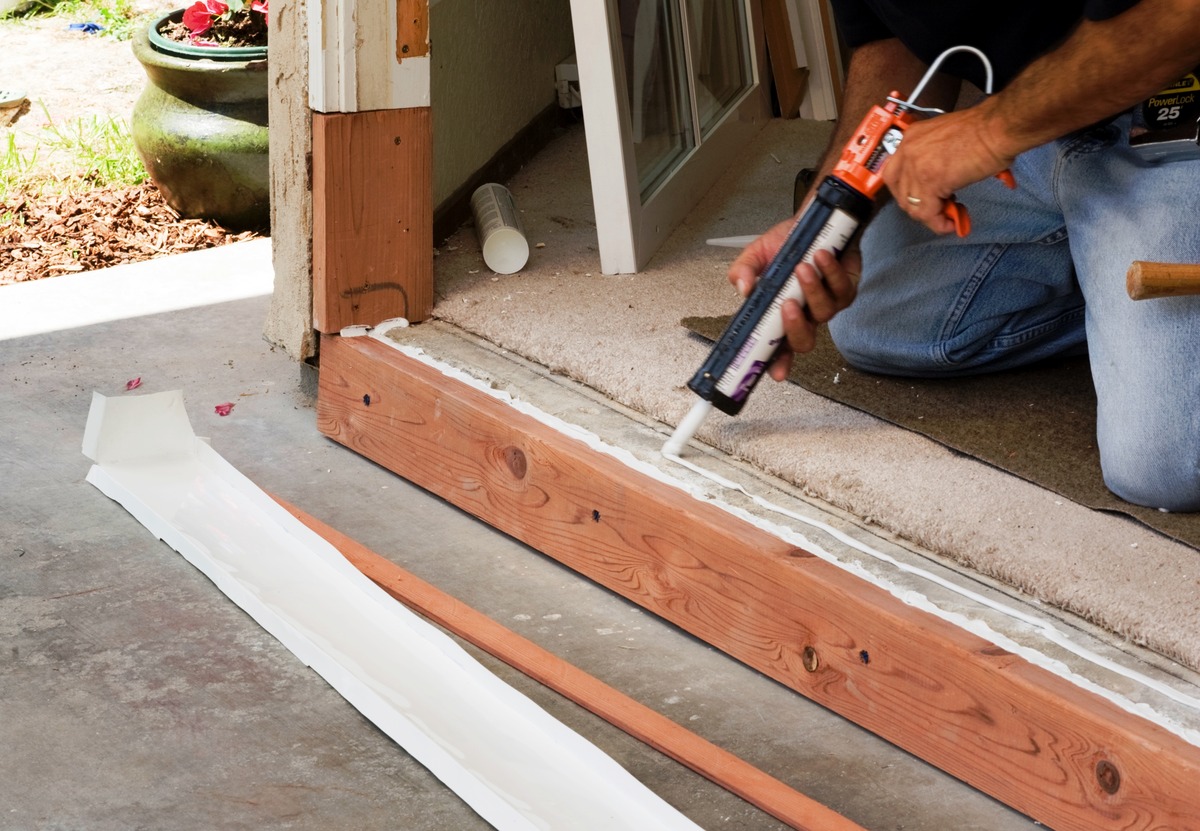
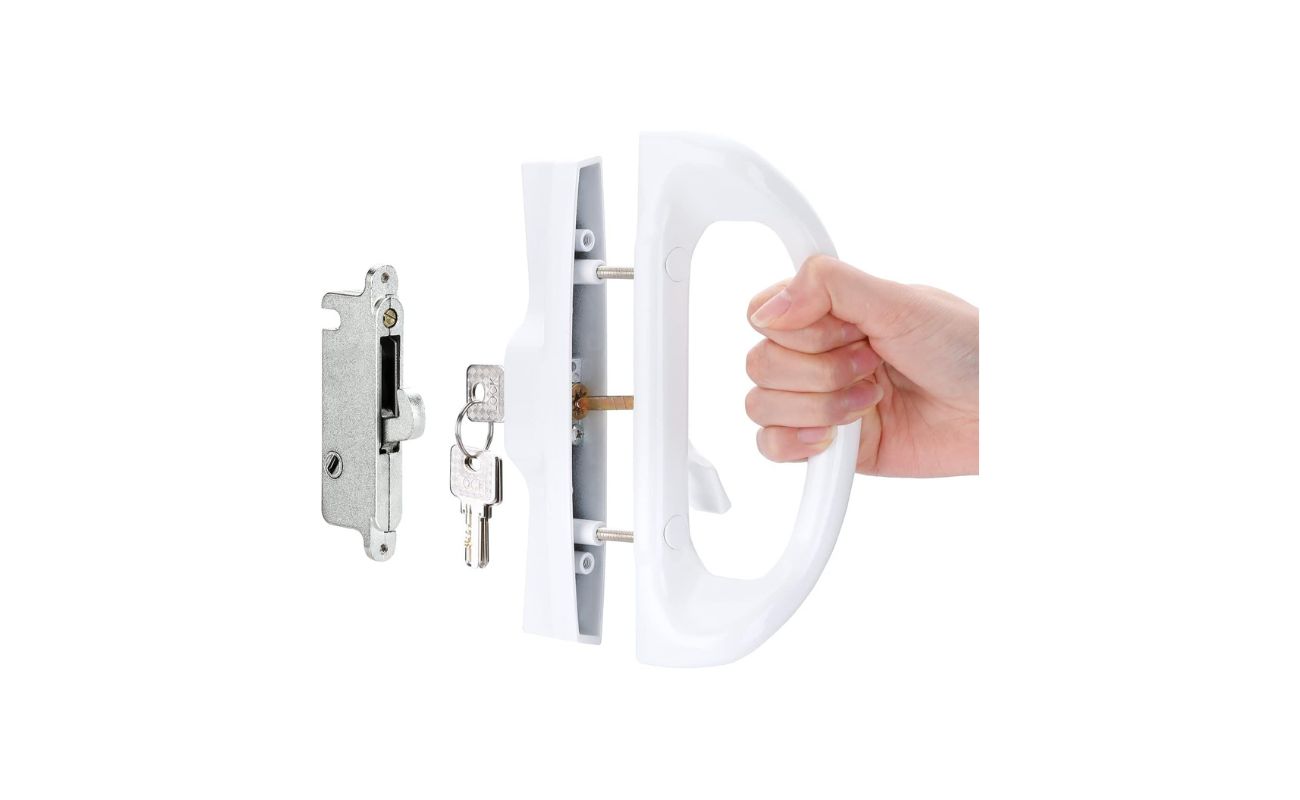
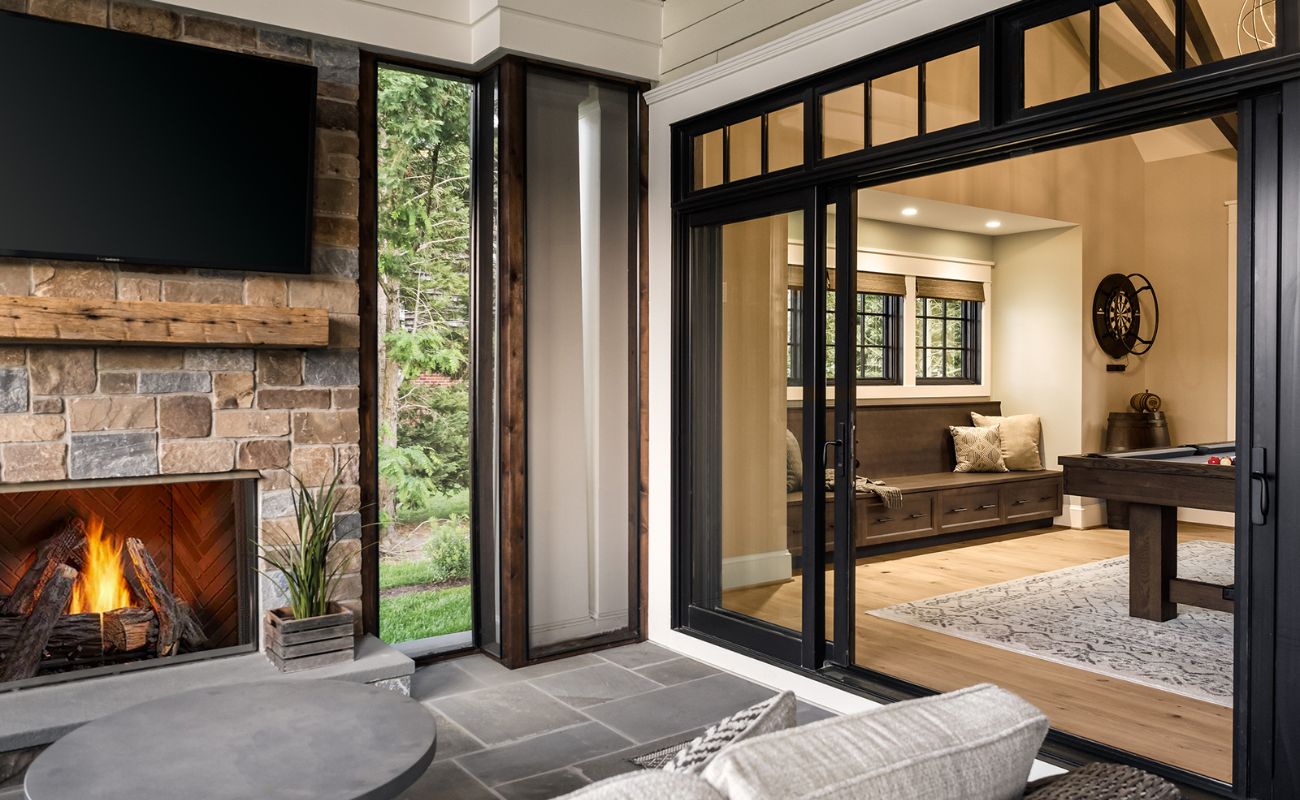
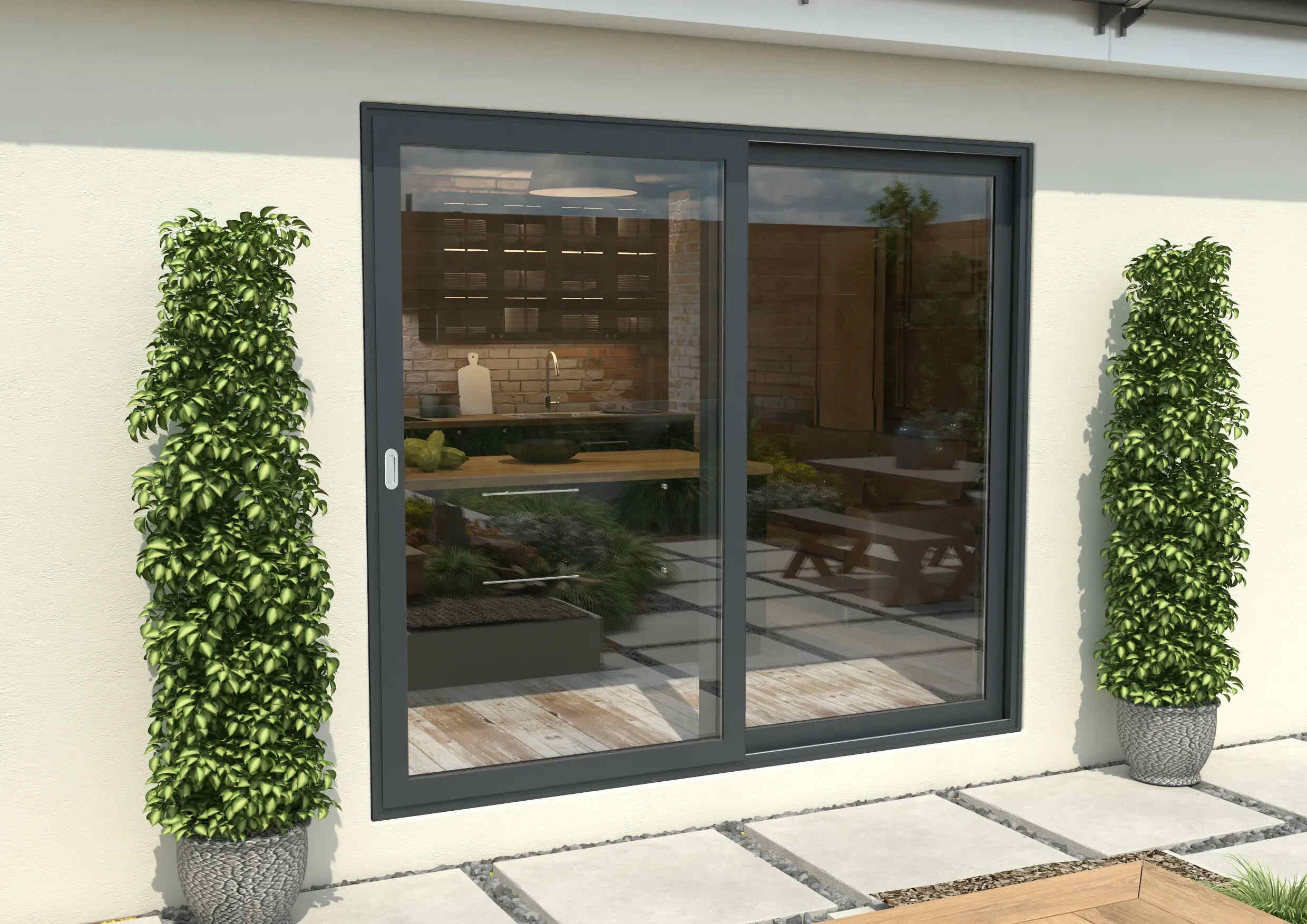
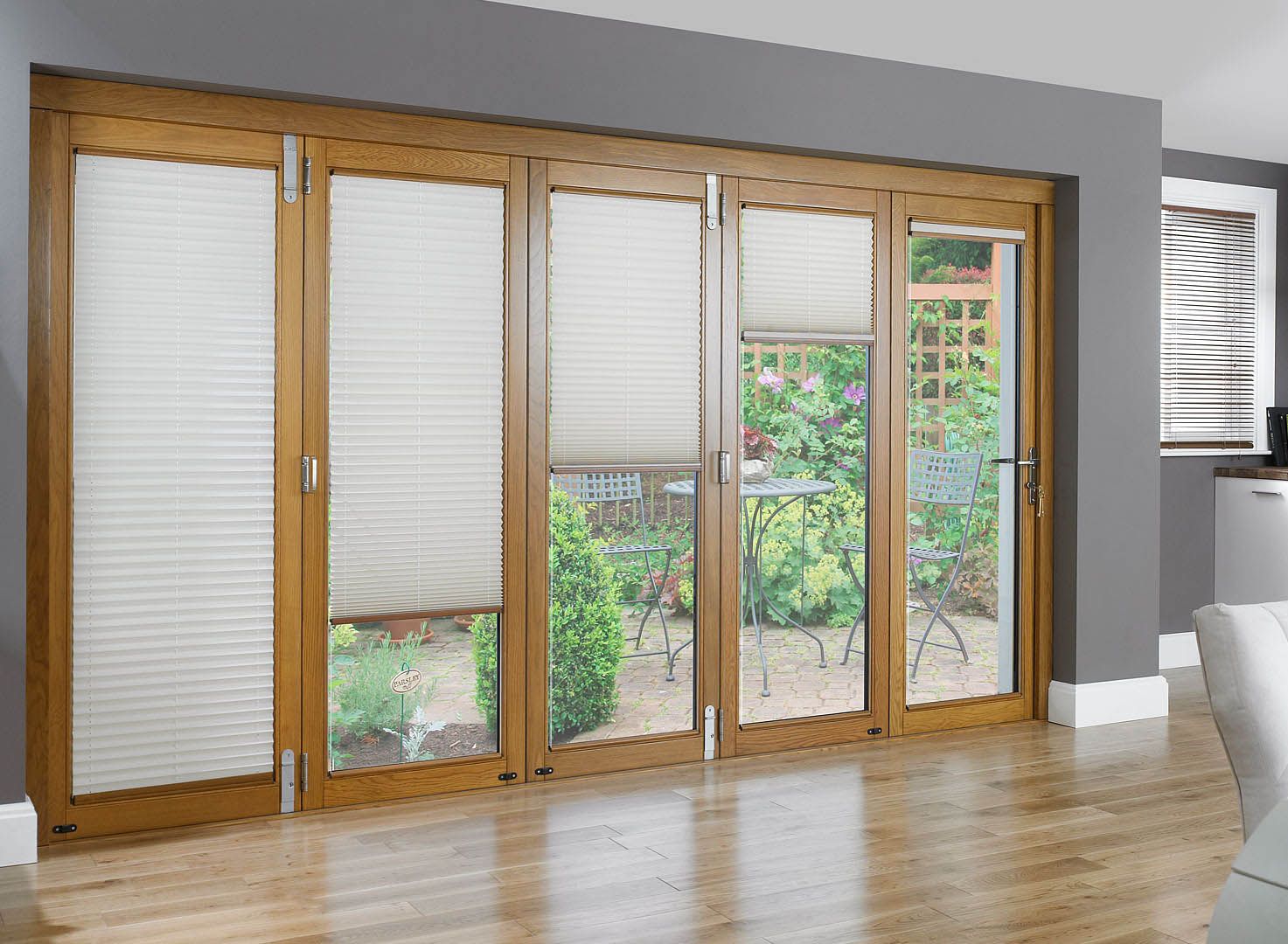
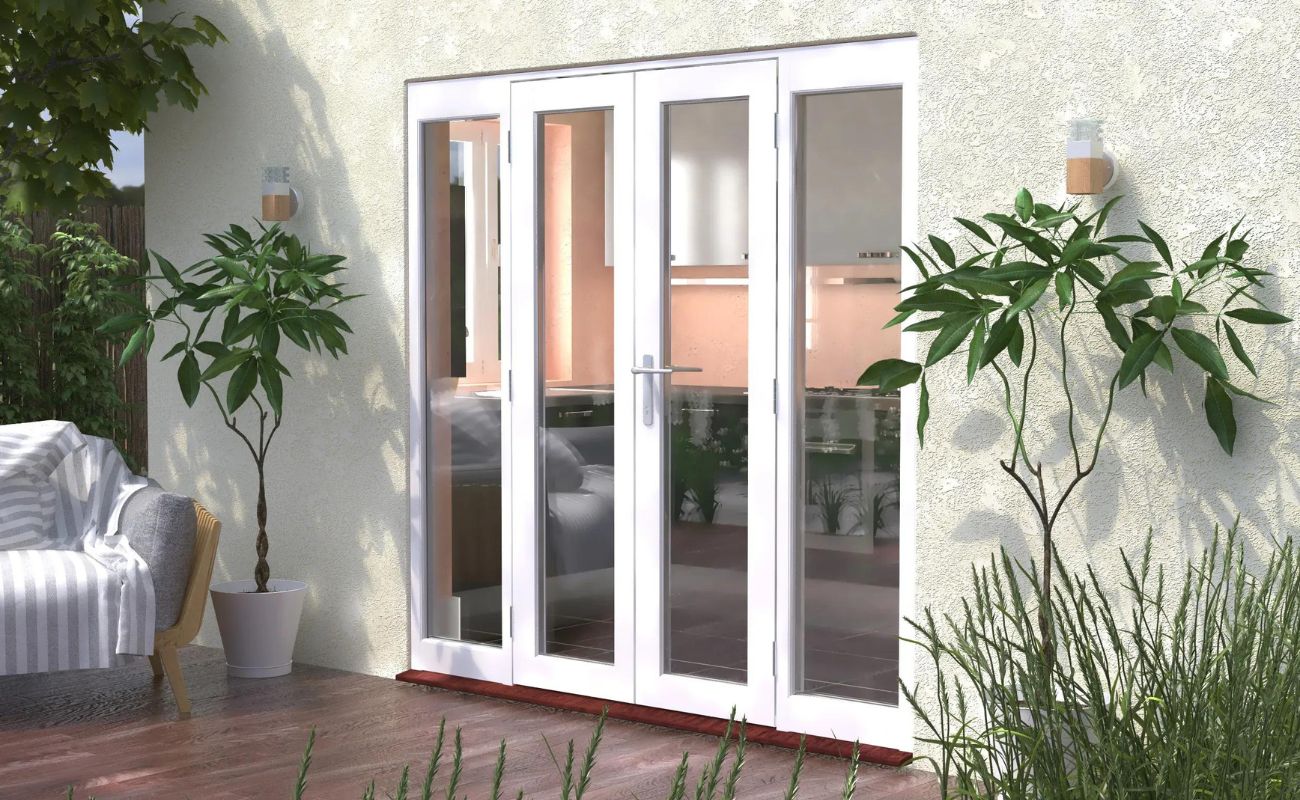
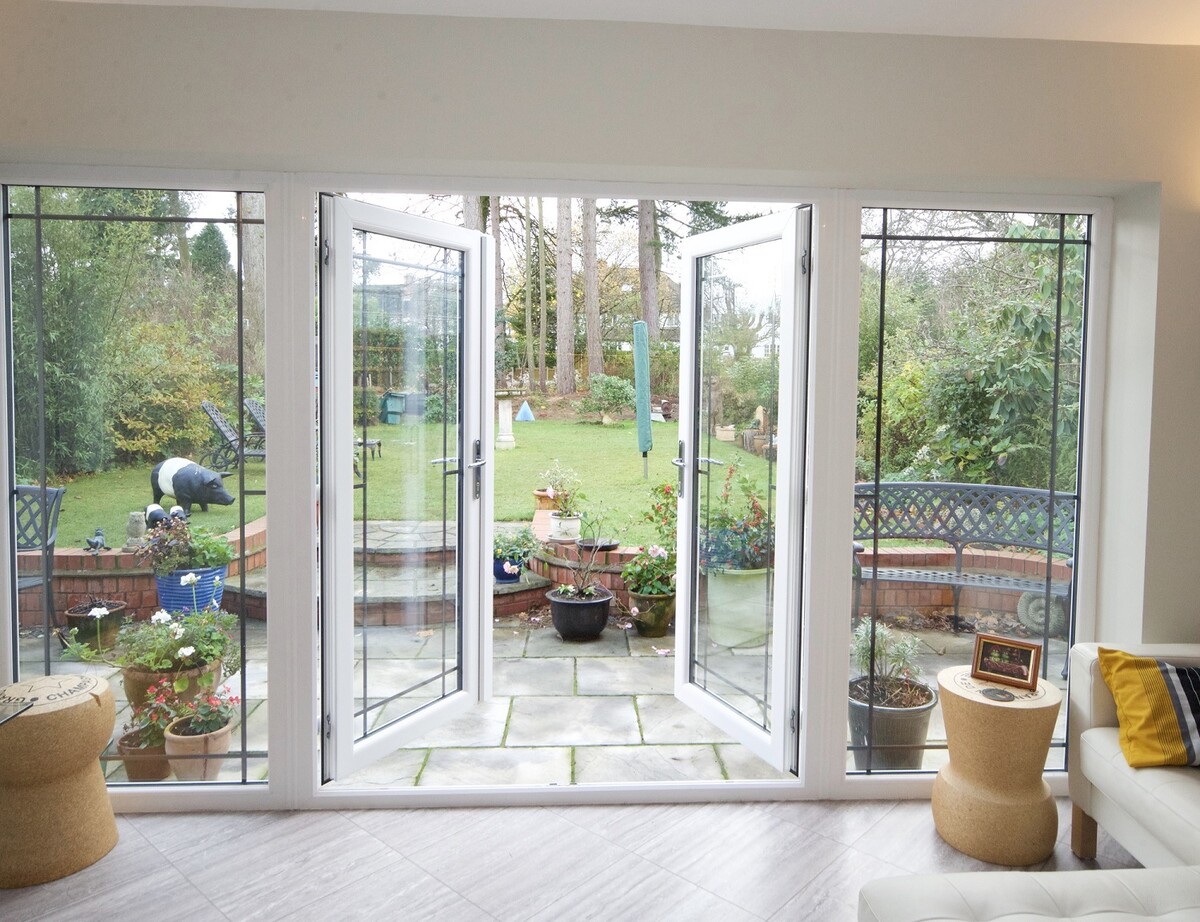
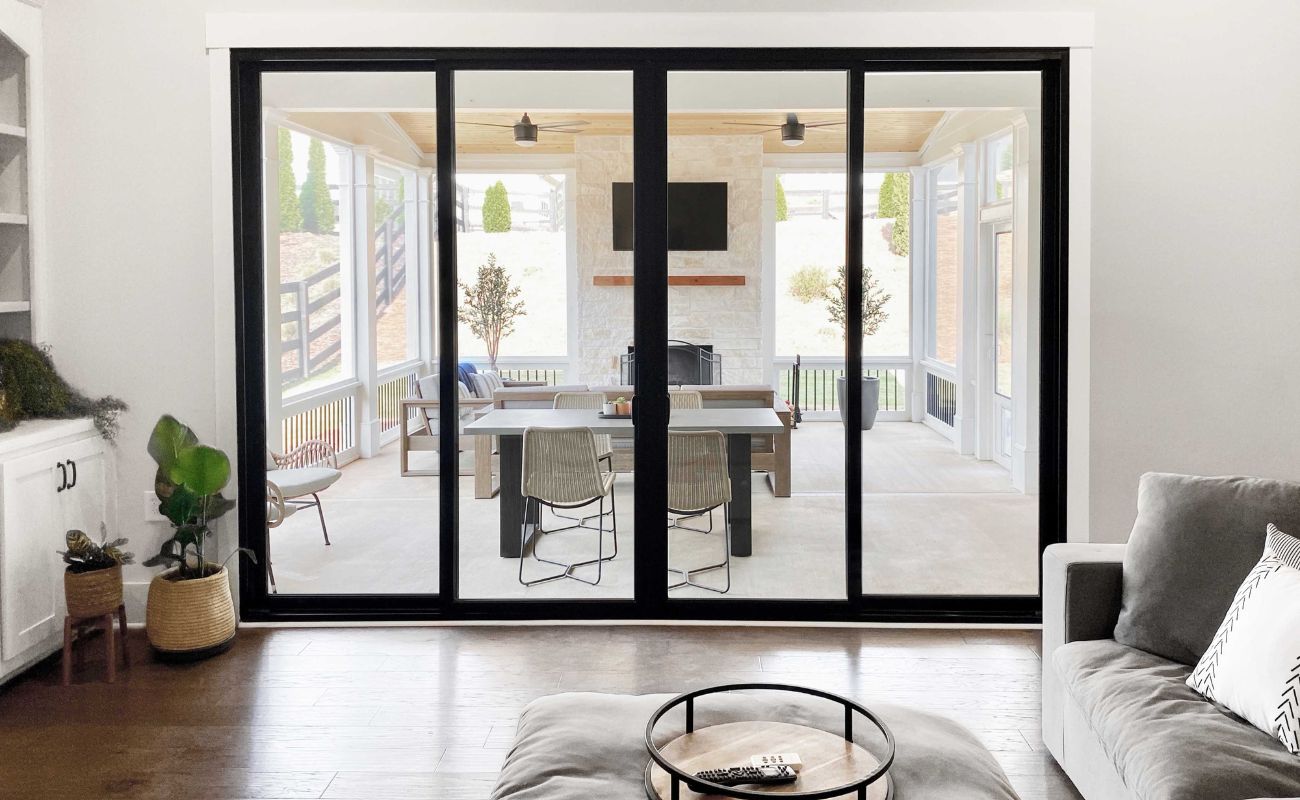
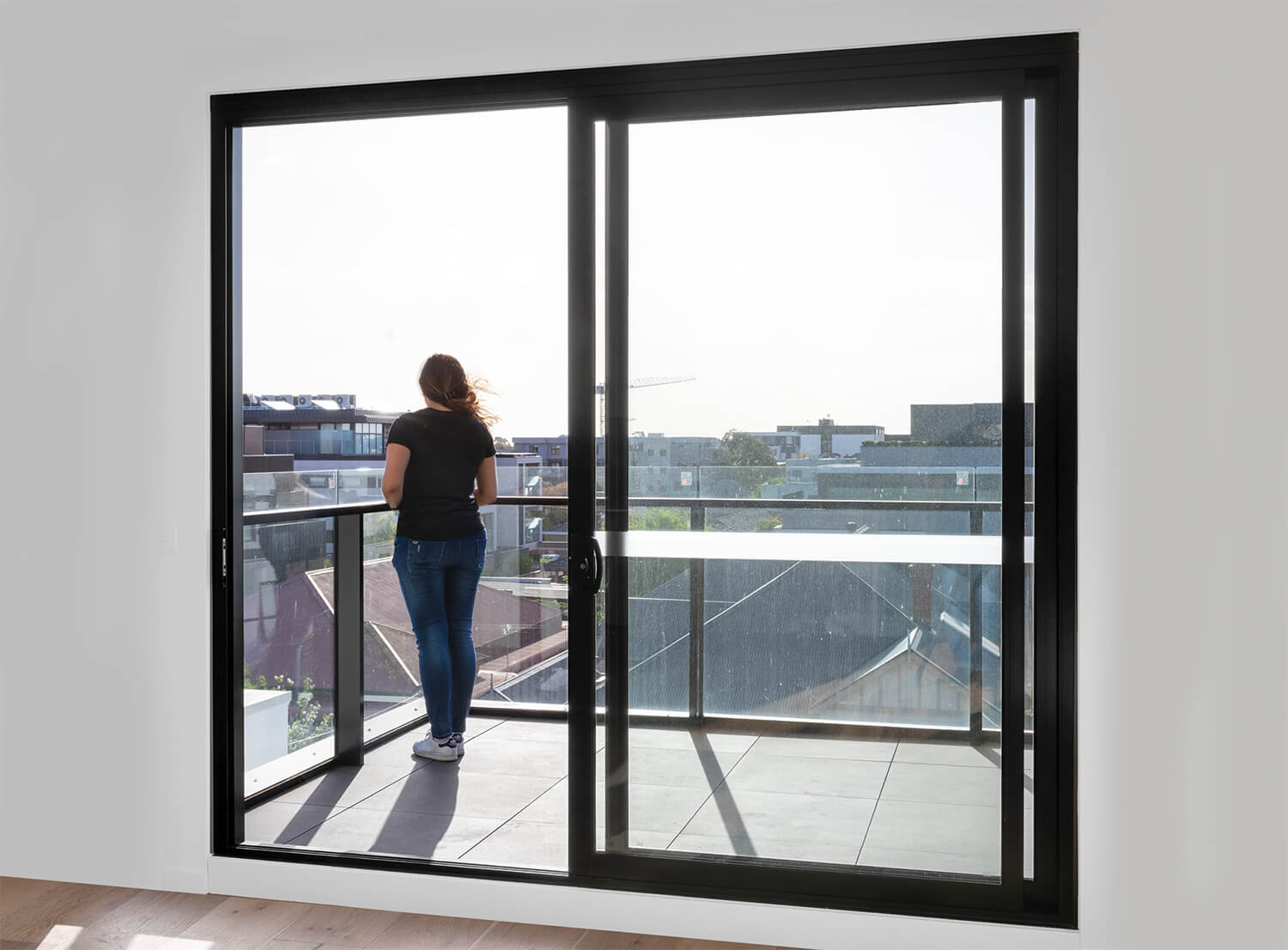
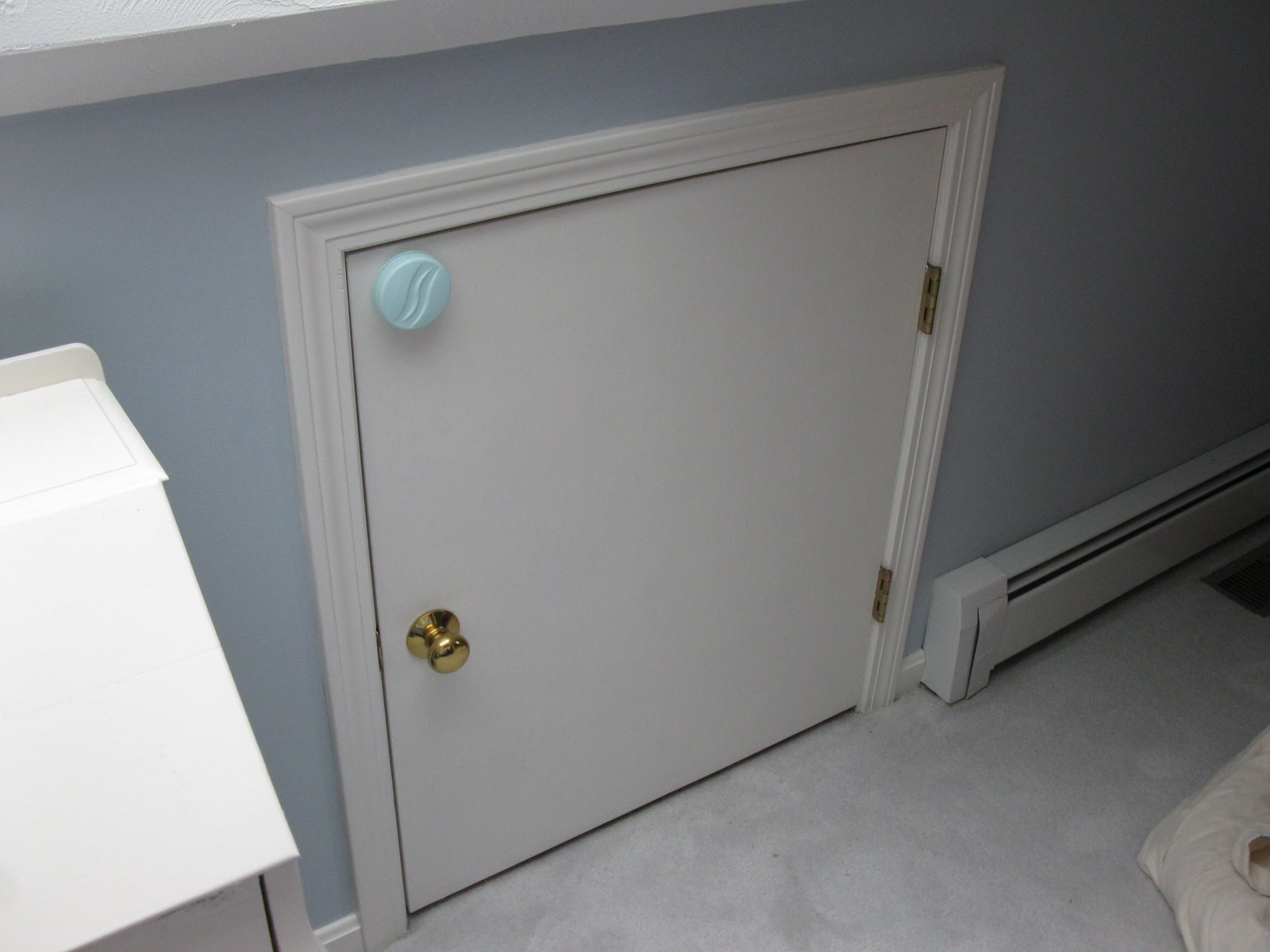
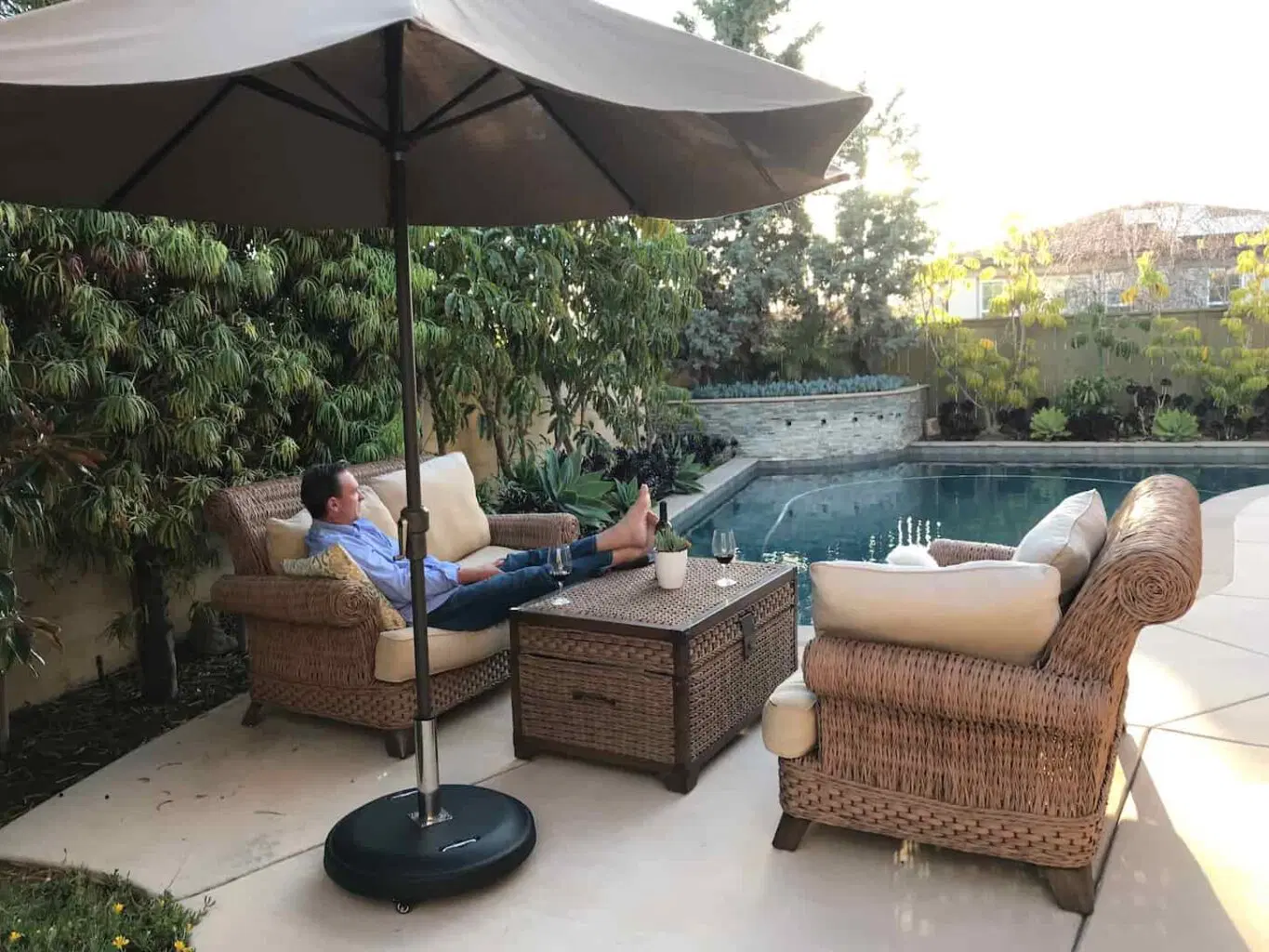
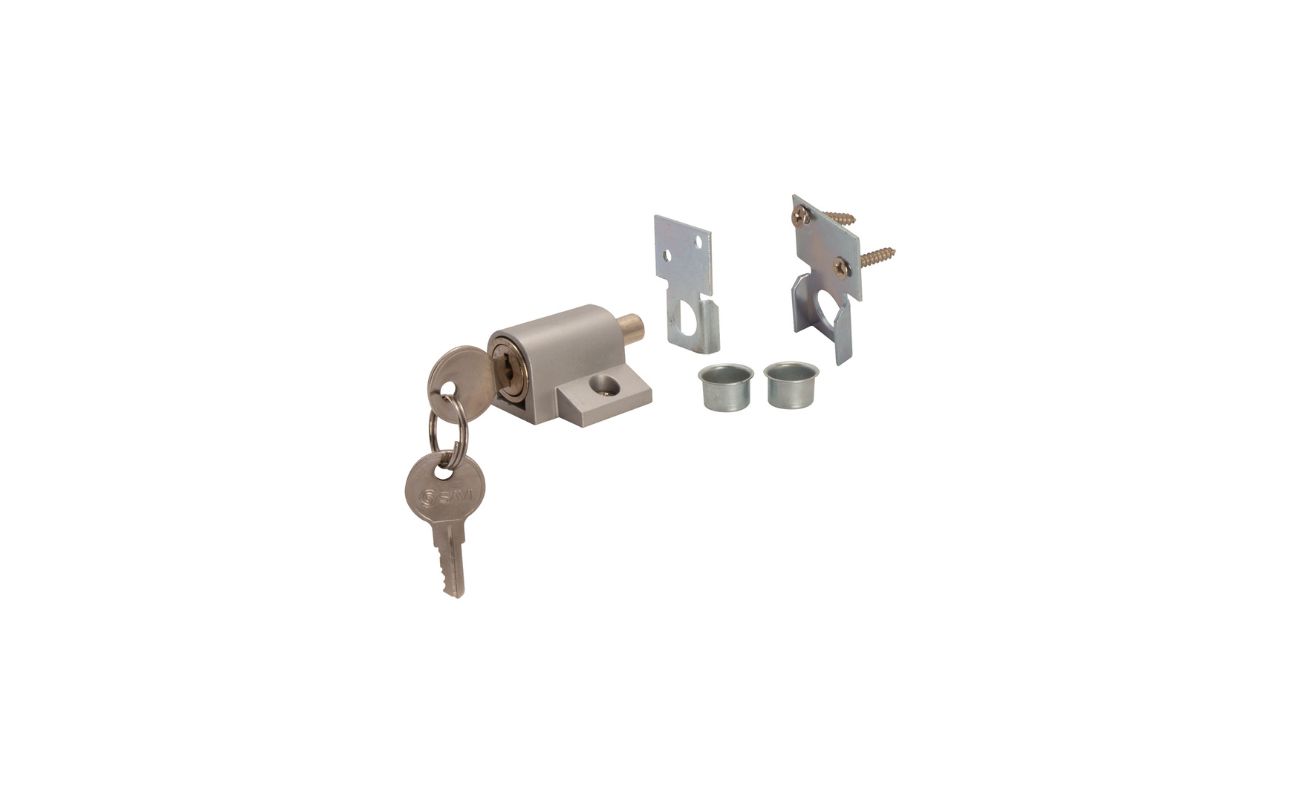
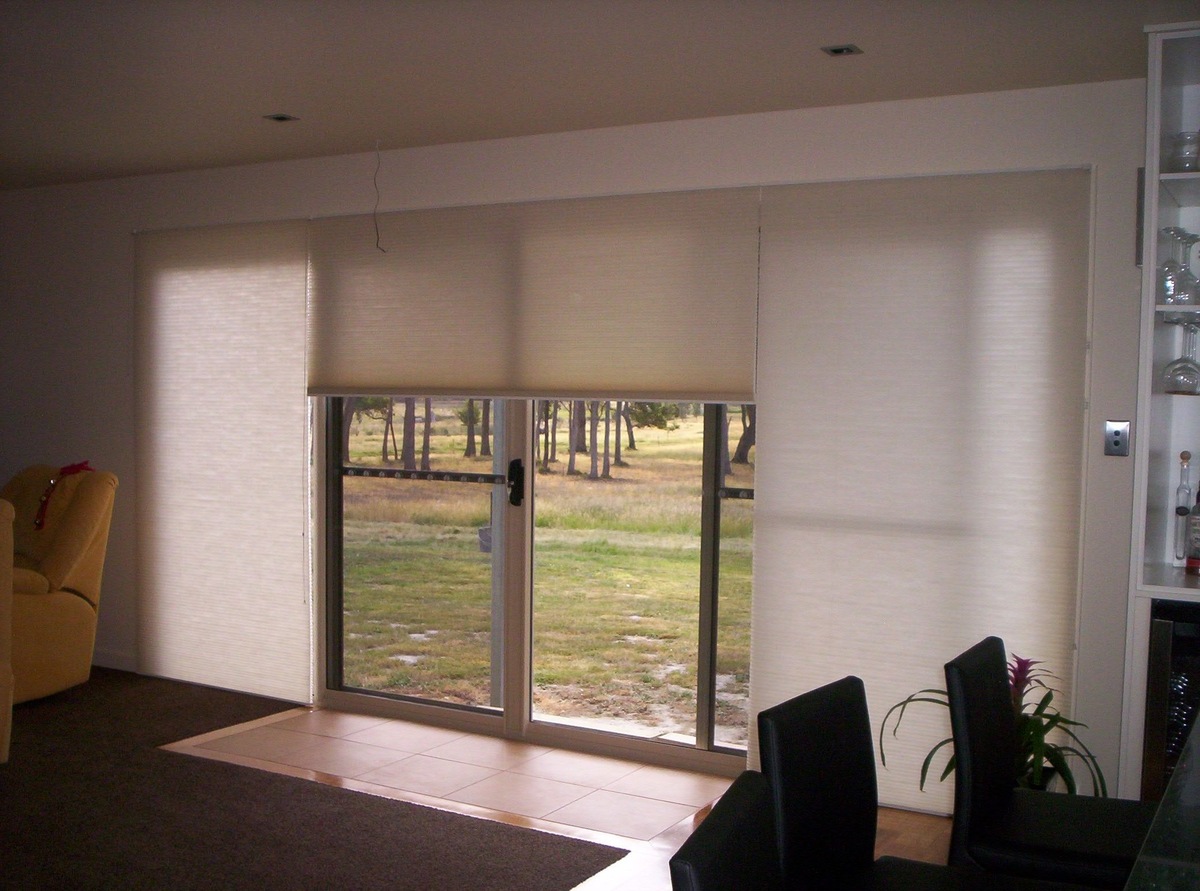

0 thoughts on “How To Secure A Patio Door”